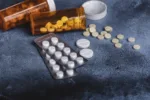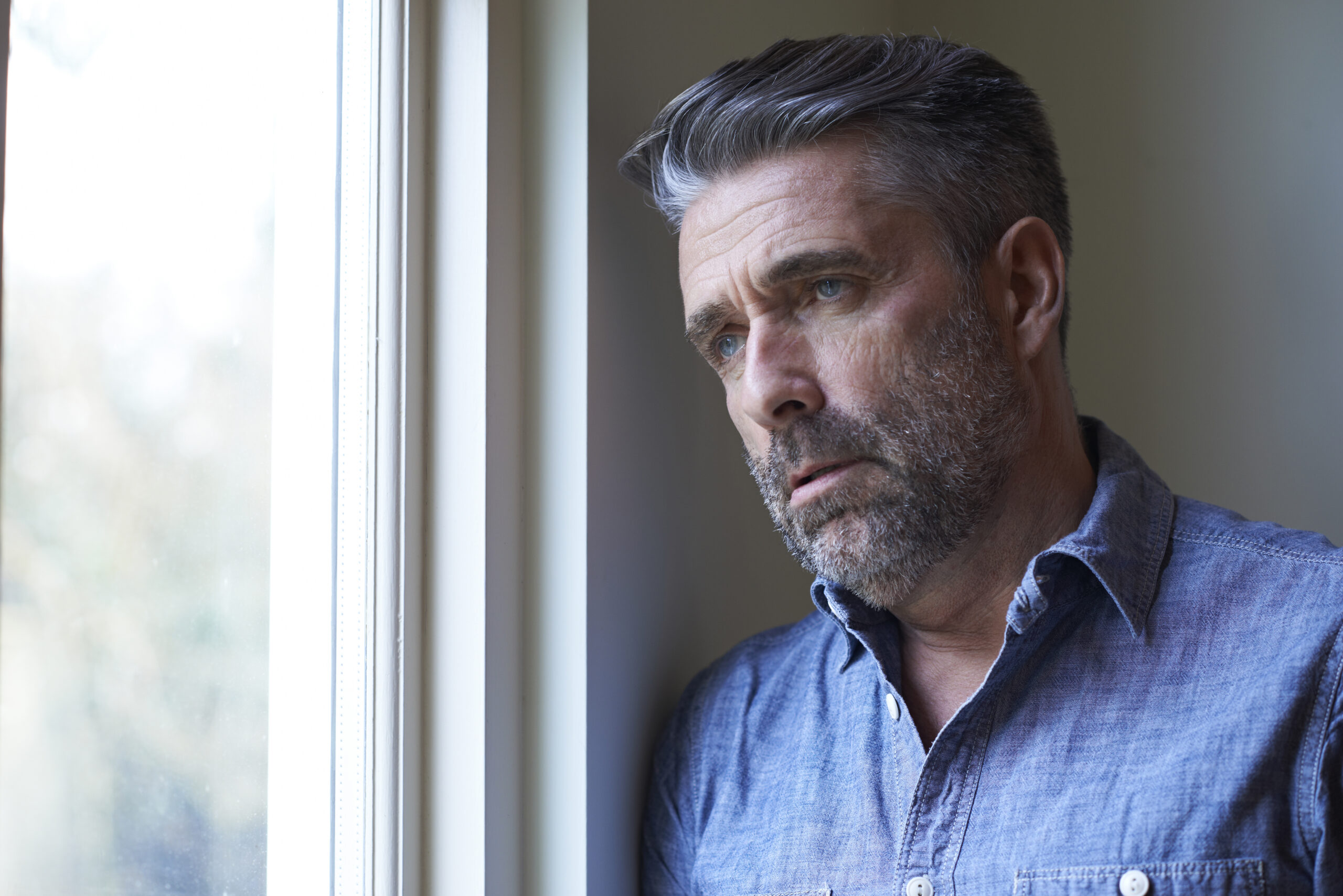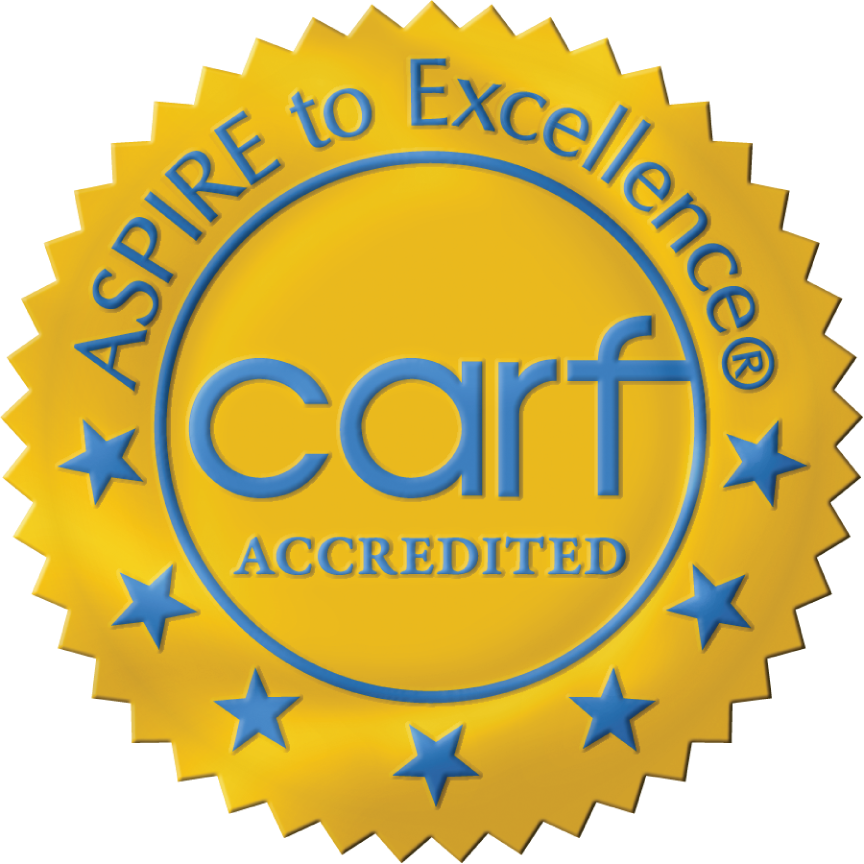
Death by Pain Killers: The Government Weighs In
In an effort to respond to this ongoing rise in abuse of opioids, the Substance Abuse and Mental Health Services Administration (SAMHSA) recently published a guide for physicians on medication-assisted treatment for opioid dependence in the outpatient office setting. Many addicted patients are very reluctant to seek inpatient treatment. It is estimated that 80% of patients suffering from an opioid use disorder receive no treatment. The reasons for not getting care for this potentially deadly problem include limited treatment facilities, stigma associated with being “an addict,” and the high cost of detox and rehab treatments. The federal government believes one strategy to address this problem is to better train outpatient providers on how to effectively treat, and feel comfortable treating, opioid addiction. The government’s new guidelines offer step-by-step guidance on evaluation and treatment plans, including the use of FDA medications to help control cravings and continued abuse of these dangerous drugs. The recommendations highlight the need for a comprehensive treatment strategy that includes behavioral therapies and ongoing social supports.
This disturbing reality is not just a problem in the United States. Addiction experts in the Middle East and North Africa, for example, report that tramadol, a potent painkiller, is the number one drug of abuse. The current global medical education system needs to do a much better job in training the current and future generation of physicians how to better diagnose and treat this growing crisis. Despite the effectiveness, and a continued need to use these potent medications, patients prescribed these drugs are well advised to work closely with their doctor to achieve maximum pain relief without risking the significant problems associated with overuse, or non-medical use.
Patients should be sure to discuss their pain management behaviors with their doctor, especially any increase in dosing of pain meds. People should remember that medically approved exercise has proven to be an excellent pain relief treatment, and should be considered in every comprehensive pain management treatment plan.
As stated in the oath every doctor takes when starting their career, first do no harm.
Reference
- Watts, V. (2015, March). SAMHSA releases guidance for initiating medication treatment for opioid overdose. Psychiatric News, 50(5), 34-35.







